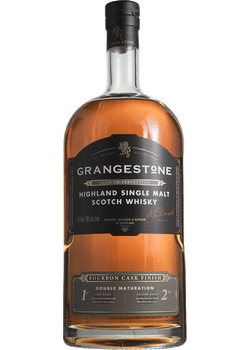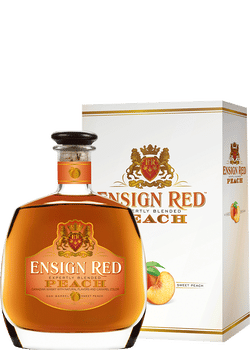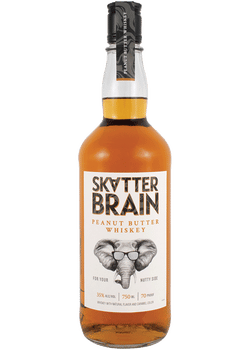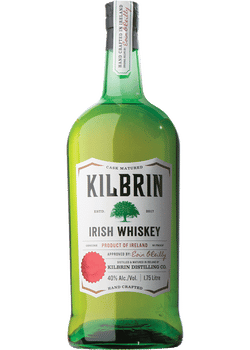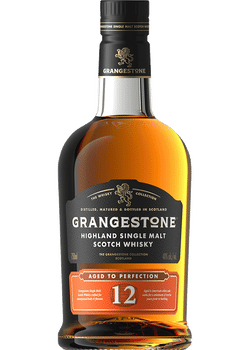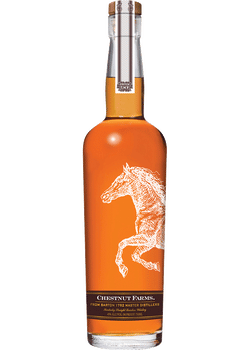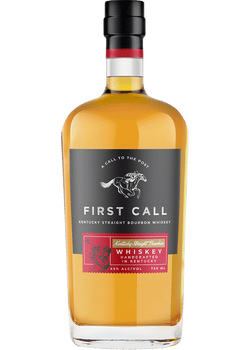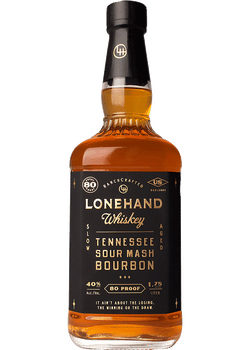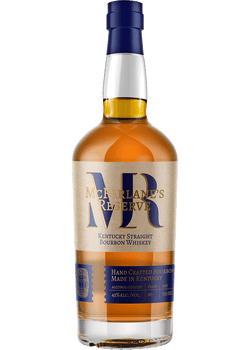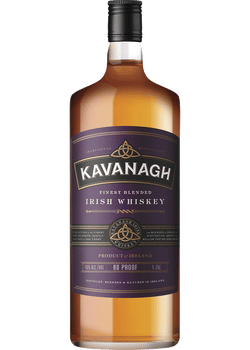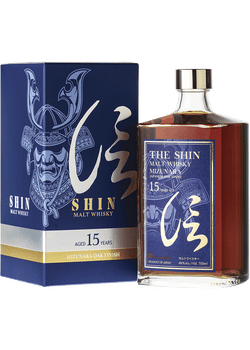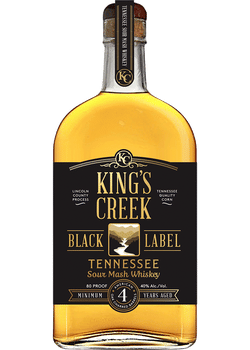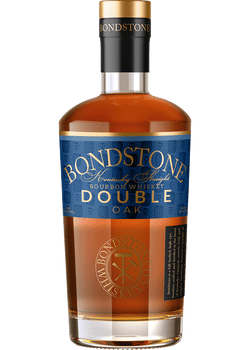What is Whiskey?
Whiskey (or Whisky) is an amber-colored spirit made from a variety of fermented grains (most commonly barley, rye, wheat, or corn), distilled two or three times, aged in wooden barrels, and bottled at a minimum of 40% ABV. What gives each type of Whiskey its unique qualities lies in the grains, blending, and the aging process. Whiskey is made around the world, from Ireland and Scotland to the U.S. and Japan with many countries imposing specific requirements. So, whether you enjoy your Whiskey neat, on the rocks, or in a cocktail, there’s a world of Whiskies to discover.
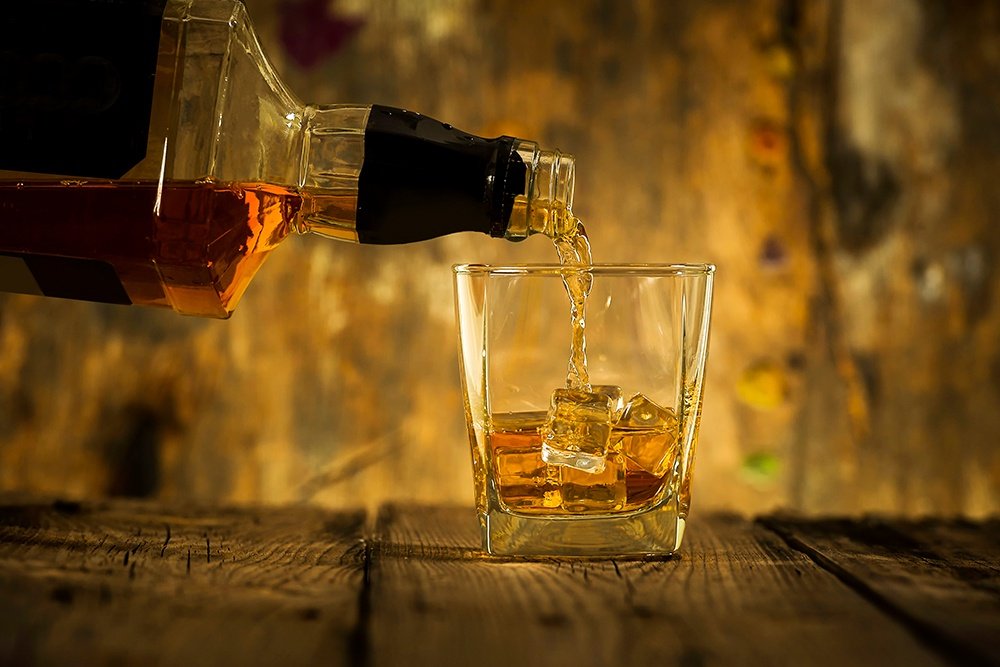
So, is it Whiskey or Whisky?
In Scotland, Canada, and Japan, it’s spelled Whisky (or Whiskies). In Ireland and the U.S., it’s Whiskey (Whiskeys). Learn more in our Whiskey vs. Whisky article.
Types of Whiskey
There are many types of Whiskey. And within some of those types, additional types, along with distinct regions (much like wine). Here are seven commonly found types.
Scotch Whisky
All Whisky made in Scotland is Scotch, but it must adhere to specific regulations. Scotch Whisky must age for a minimum of three years in wooden casks and be bottled at a minimum of 40% ABV.
Scotch is classified into five different styles: single malt, blended malt, single grain, blended grain, and blended.
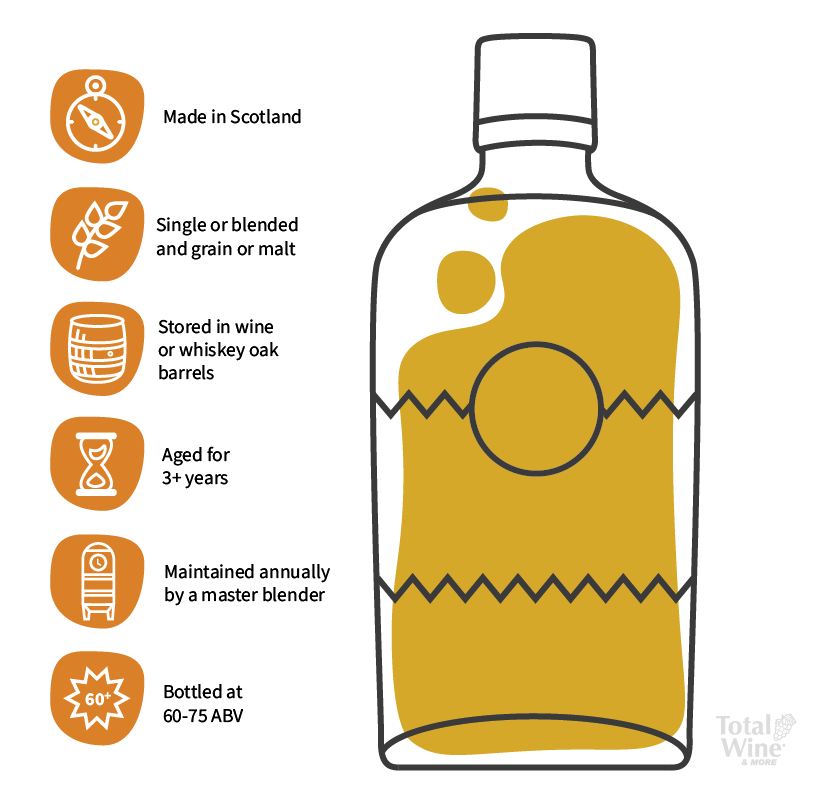
- Single malts are made at a single distillery and from 100% malted barley
- Blended malts can come from multiple distilleries and are made from 100% malted barley
- Single grains are made at a single distillery and can include a variety of grains (barley, wheat, rye, and corn)
- Blended grains can come from multiple distilleries and are made from a variety of grains
Within Scotland, there are five key regions where Scotch is made: Speyside, Highlands, Lowlands, Islay, and Campbeltown. Islay is known for its peaty, smoky Scotches which are achieved from drying out barley with heated peat briquettes. Scotch is complex! That is why we dedicated an entire guide to it if you want to learn more about its history, how and where it is made, and more.
Irish Whiskey
The Irish claim to have invented whiskey-making before it made it across the waters to Scotland. Irish Whiskey must be made in Ireland, may contain malted or unmalted barley in addition to grains such rye, wheat, and corn, aged at least three years in oak casks, and bottled at a minimum 40% ABV. The grains are dried in ovens versus the peat fires used in making many Scotch Whiskies. Irish Whiskey is also usually distilled three times, whereas most Scotch is only distilled twice. Both of these characteristics make Irish Whiskey easier to drink like American Whiskey.
Rye Whiskey
To be called Rye, the Whiskey must have at least 51% rye in its mash bill. Rye imparts a slightly fruity taste and distinct spicy notes. Rye Whiskey is also usually lighter-bodied than Bourbon and other American Whiskeys. It can be made anywhere in the world, but when made in the U.S., it must be aged in newly charred oak barrels like Bourbon.
Fun Fact:
Rye was the first Whiskey made by the colonists in the U.S. English and Scottish settlers struggled to grow barley, but rye thrived.
Bourbon
An iconic American Whiskey, to be classified as Bourbon, Whiskey must meet a few requirements. Bourbon must be made from at least 51% corn, aged in new charred oak barrels, have no additives or colorings, and bottled at 40%+ ABV. Having a majority of corn in its mash bill makes it sweeter and fuller-bodied than some other types of Whiskey, like Rye. While Kentucky is often associated with this Whiskey, don’t be fooled, it does not have to be made in the state to qualify as Bourbon.
Tennessee Whiskey
The most popular Whiskey in the U.S. is a Tennessee Whiskey, Jack Daniels. Unlike Bourbon, this Whiskey is required to be made in the state of Tennessee. It must also go through a filtration process known as the Lincoln County Process. Before the Whiskey is aged, it must be filtered through maple wood charcoal. The result is a sweeter, slightly sooty flavored Whiskey.
Canadian Whiskey
Canadian Whisky (without an e) must be made and aged in Canada. It must also be aged for a minimum of three years in small wooden barrels and bottled at 40% ABV. Canadian Whisky can be made from various grains including rye, wheat, corn, and barley. Unlike most types of Whisky, distillers are allowed to add caramel color and flavoring to enhance their Whiskies. Canadian Whisky is also usually blended making them easier to drink, lighter in body, and a touch sweeter.
Japanese Whisky
Newer to the Whisky world — Japanese Whisky is heavily influenced by Scotch Whisky (and why it is spelled without the “e”). It is made similarly to Scotch, often using malted barley as the main grain in the mash, distilled twice, and aged in wooden casks. Sometimes distillers will use Japanese Mizunara oak, which imparts unique flavors of coconut, sandalwood, spice, and incense; however, these Whiskies are highly sought after and often expensive.
Historically, no well-defined rules or regulations were imposed on making Japanese Whisky. However, in February 2021, the Japan Spirits & Liqueurs Makers Association announced new Standards for Labeling Japanese Whiskey. The requirements to be labeled as Japan Whisky include:
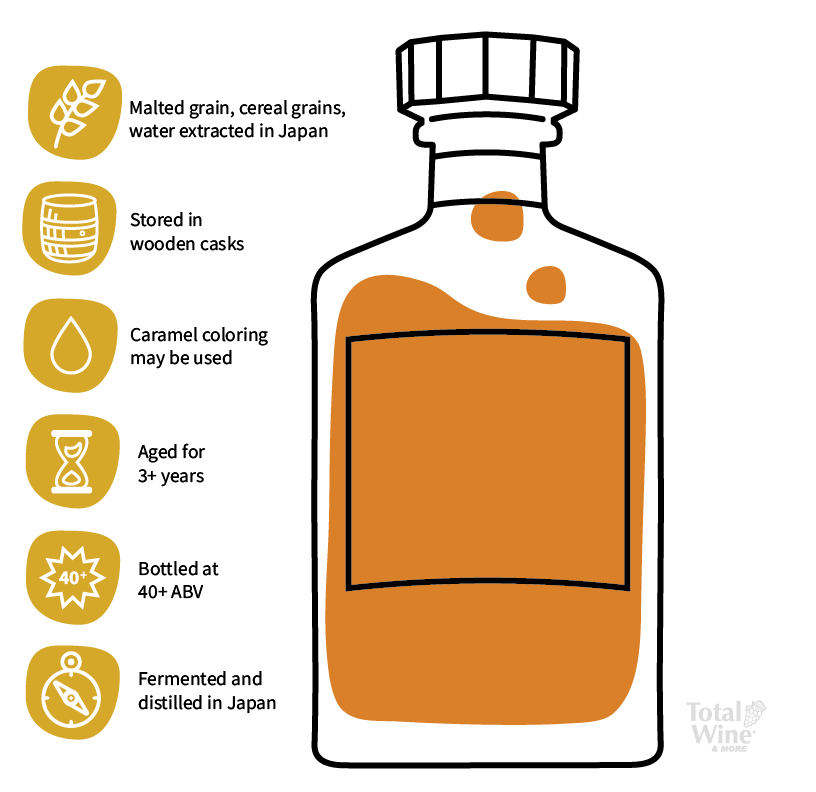
- Raw ingredients limited to malted grain, cereal grains, and water extracted in Japan
- Fermented and distilled in Japan
- Age at least 3 years in wooden casks no larger than 700 liters
- Bottled at a minimum of 40% ABV in Japan
- Caramel coloring may be used
Like we mentioned, beyond these seven, there are even more styles of Whiskey. Corn and wheat Whiskey are named after the primary grain used and white dog (or moonshine) is unaged whiskey and clear in color since it does not see any oak.
Ways to enjoy Whiskey
Neat, on the rocks, or in a cocktail, you can enjoy Whiskey in an endless number of ways. To help you decide on what to sip next, we put together a list of five classic Whiskey cocktails and noted which type of Whiskey is best suited for the recipe.
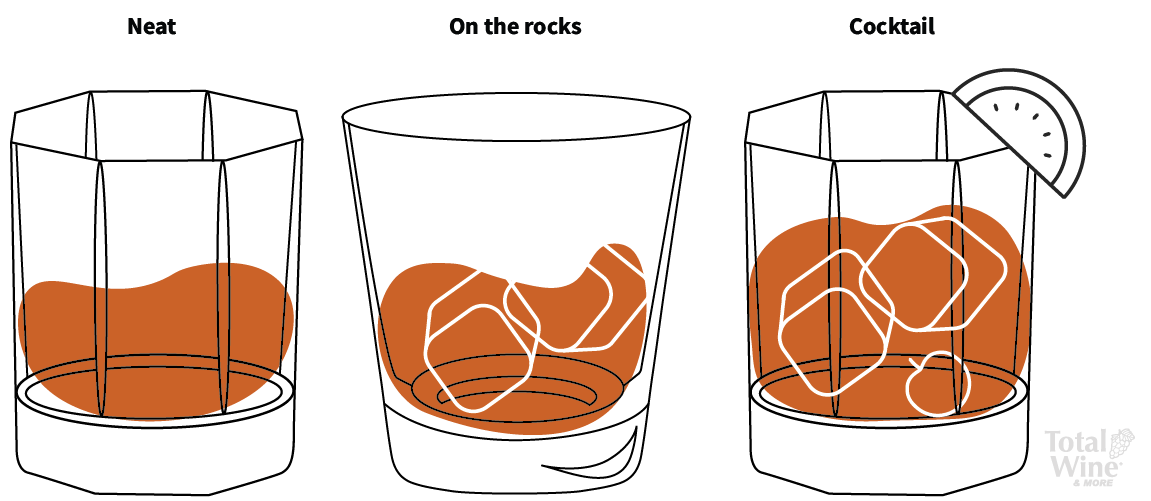
Popular Whiskey cocktail recipes
Rob Roy
This classic cocktail is a twist on the Manhattan, featuring Scotch instead of Bourbon. We recommend using a blended Scotch. You will taste the Scotch in this cocktail so be sure to choose one you enjoy.
Old Fashioned
One of the most iconic Whiskey cocktail recipes, the Old Fashioned features a cube of sugar muddled with bitters and topped off with ice and your choice of Whiskey. We prefer Bourbon, but Rye or another American Whiskey will do just as well. Finish your cocktail with a twist of orange and a Maraschino cherry.
Irish Coffee
This cocktail is more than just spiked coffee. It’s the perfect balance between Irish Whiskey, coffee, sugar, and cream. Add Irish Whiskey and sugar to a glass (we prefer brown sugar for a little molasses flavor). Pour in coffee and stir. Top with whipped cream.
Manhattan
Created in the late 1800s in New York City’s Manhattan Club, this cocktail recipe remains mostly unchanged from the original. Spice forward Rye Whiskey is balanced with sweet vermouth and bitters. Don’t forget the Maraschino cherry garnish.
Whiskey Sour
A simple cocktail recipe that has stood the test of time. It’s as easy to make as it sounds – just three ingredients are used to make this cocktail: Whiskey, lemon juice, and simple syrup. Some recipes call for the addition of egg white which adds a frothy, creamy texture to the drink.
Looking for more Whiskey drinks? Check out our full library of Whiskey cocktail recipes.

